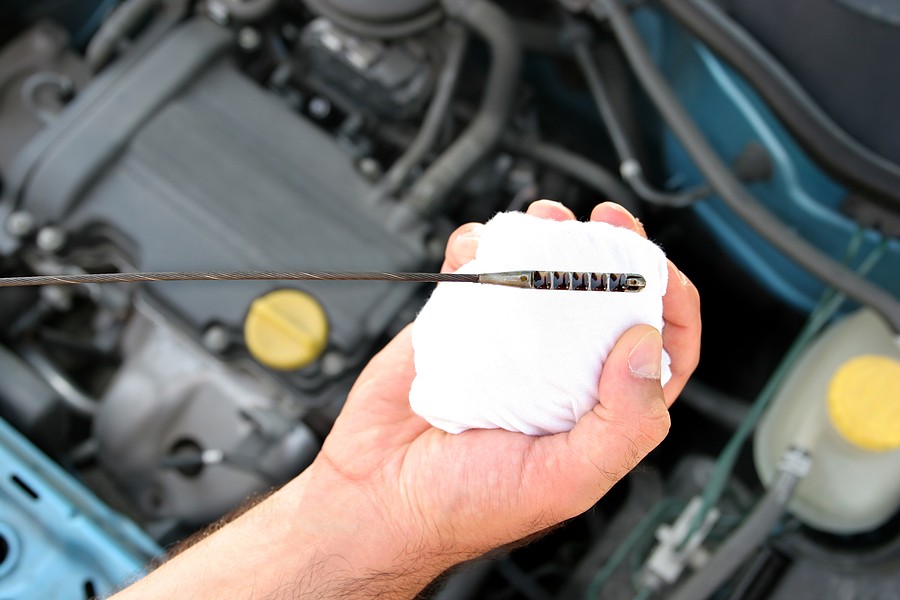If you're wondering “how to know if engine oil is dirty,” below are the 12 most common symptoms:
- Dark color
- Thick and sludgy
- Low oil level
- Burning smell
- Rough engine performance
- Increased engine noise
- Poor fuel efficiency
- Exhaust smoke
- Oil pressure warning
- Engine overheating
- Rough idling
- Metallic particles
The motor oil is one of the most critical fluids to keep up with peers. You must have the proper oil quantity and quality for your engine to run properly and to avoid severe damages that might cost you the entire engine.
Over time, this oil is expected to get very dirty as it collects debris and contaminants around the engine. Therefore, it is essential for a car owner to understand when to determine whether the engine oil is dirty.
This article highlights the 12 most common symptoms that could help answer the question, “How do you know if engine oil is dirty?” If you experience any of these symptoms, you must check on the oil's health and change it if necessary.
How do we know if engine oil is dirty?
Your vehicle owner's manual should have detailed recommendations about when to change your motor oil. However, your engine oil might get dirty because of external environmental conditions or other reasons related to your vehicle's type and condition.
Therefore, you need to monitor for any potential symptoms that could help you identify early signs of engine oil contamination that you must address as soon as possible. The following list provides the 12 most common symptoms that could help answer the question, “How do you know if engine oil is dirty?
1- Dark color
The first and easiest thing you could do is check on the oil color. The motor oil should typically be golden and fresh when you first put it in the engine. However, as it ages, it becomes more like a dark color, and sometimes it can be almost black.
Of course, to check on the oil color, you need to know how exactly to use the dipstick and where it's located. You can do that by referring to your vehicle owner's manual, which could guide you to find this dipstick and how to use it.
You can also refer to some YouTube videos that could walk you through a step-by-step process of checking the engine oil using a dipstick. Once you remove the oil, look at the dipstick and see its color. If you confirm that it's dark, it could indicate that your motor oil is dirty.
2- Thick and sludgy
The other thing you should look for is the oil consistency. Fresh motor oil should be consistent and run freely without any thick or sludgy substance. If not, your motor oil is likely old, and you must change it.
Of course, as you're looking at the oil car, you can also look at the oil consistency at the same time when you would take out the dipstick. Taking out the dipstick and checking for motor oil thickness and color should not be very complicated, and it's something essential that you need to learn about as a car owner.
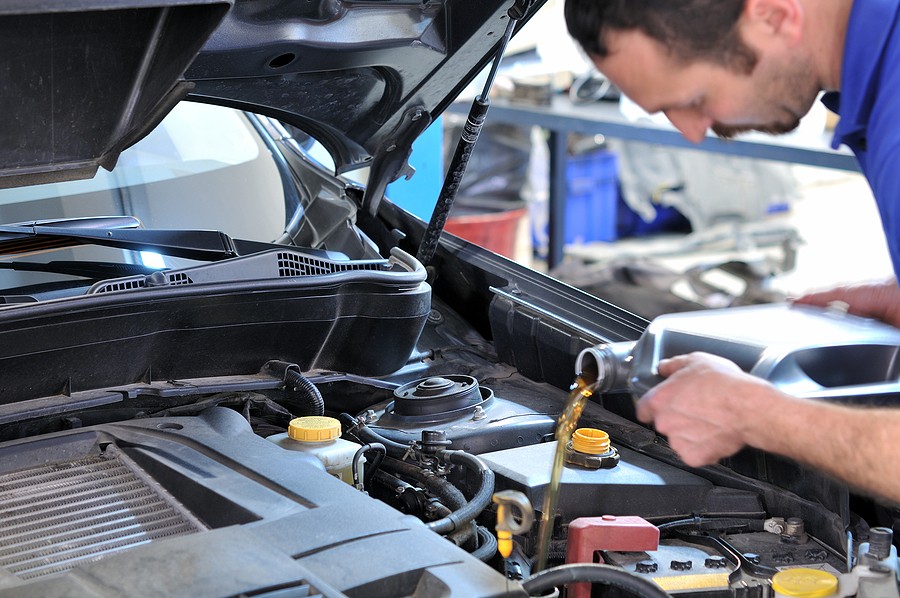
3- Low oil level
If your oil is very dirty and gets to a point where it starts leaking outside of the car, you'll deal with a low oil level. You can confirm this with the dipstick, but if the level is getting very low, your vehicle might start providing some warning signs on the dashboard.
If the motor oil is low, then there are some situations where you can't drive your car at all. Therefore, you must take it seriously, address the problem immediately, and have your mechanic change the motor oil immediately.
4- Burning smell
In some situations where your motor oil is very dirty, your engine might start making burning smells. It wasn't a case that the oil was getting burned, and it was not the right consistency that your vehicle was expecting, and this oil might even start leaking on the hot components around the engine.
Regardless of where this smell comes from, you must address it as soon as possible because any weird smells coming from your car are just ways to bring your attention to internal problems that you need to address before things get out of hand.
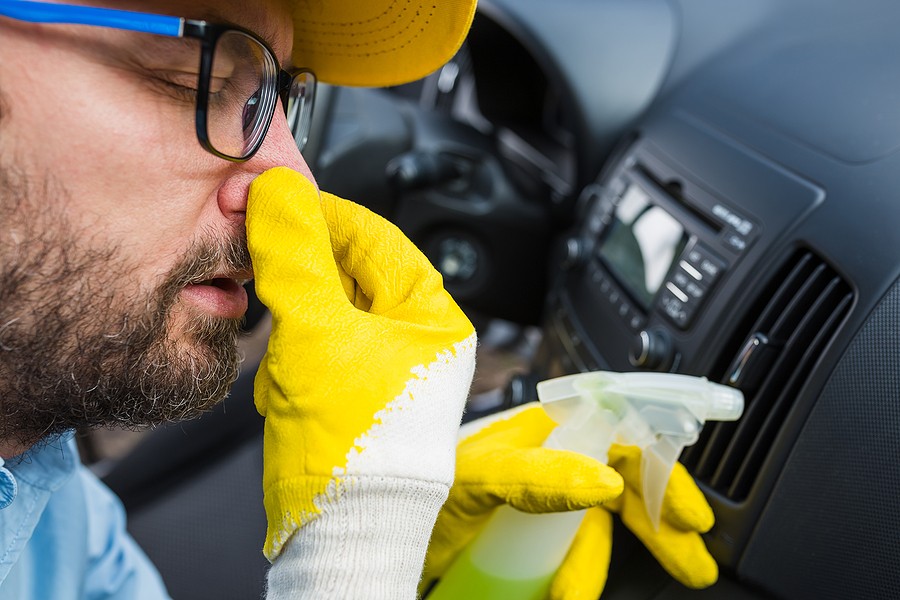
5- Rough engine performance
The engine performance is connected to the oil quality and quantity; if the oil's not at the right quantity, it's not surprising to start dealing with engine problems. For example, many people driving with dirty engine oil realize that the engine is not performing as it should and is more of rougher driving.
This rough driving is because your engine is not receiving the right lubrication, and internal metal components are interacting against each other and causing excess heat. That could be a very serious condition that might lead to severe damage, feared
6- Increased engine noise
If the engine is not receiving the right lubrication, it'll start making weird noises to bring your attention to internal problems. For example, you might hear some grinding and sometimes engine knocking and ticking noises, indicating that the vehicle is getting to a serious problem.
It would be best if you never ignored these noises because the more you ignore them, the more complicated things get and the more repair costs you have to deal with. In many instances, ignoring these noises coming from the engine might lead to damaging the entire engine.
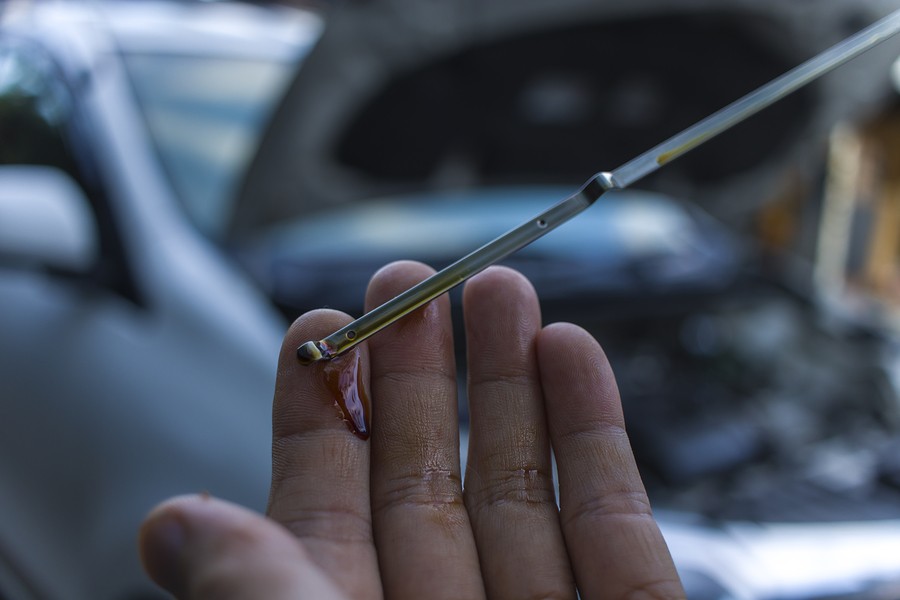
7- Poor fuel efficiency
If the engine is not receiving the right lubrication, it might assume that there is not enough fuel, and therefore, you notice that the engine will consume more fuel than it should. Therefore, you'll find yourself at the gas station more often than before.
Keep in mind that poor fuel efficiency can be linked to many problems, and without performing a more detailed inspection, you can't confirm whether it's dirty oil. Therefore, as you're searching to know if the engine oil is dirty, you need to dig deeper and look for multiple symptoms simultaneously.
8- Exhaust smoke
Dirty engine oil can also lead to visible exhaust smoke when not supposed to be the case. In other words, the exhaust smoke should not be visible, and if it's more like a white collar or even a different color, it might indicate that the oil made its way to the engine cylinders, which could be very dangerous.
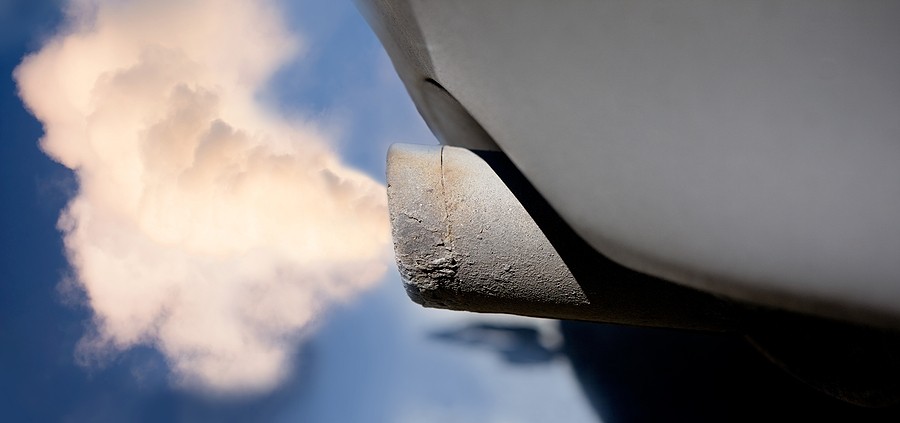
9- Oil pressure warning
We indicated before that as you're searching for “how to know if engine oil is dirty,” you might experience an oil leak. This can be translated into low oil pressure, which the vehicle will complain about in the form of a warning light.
Regardless of the cause of this warning light, you must address the problem as soon as possible before your engine gets self-destructed. Problems like this can be very serious, and many inexperienced drivers might underestimate them, paired
10- Engine overheating
We mentioned earlier that the engine relies on the oil to lubricate the entire internal metal components; if it's not receiving the right lubrication, you will deal with engine overheating at some point if you ignore this problem for a long time.
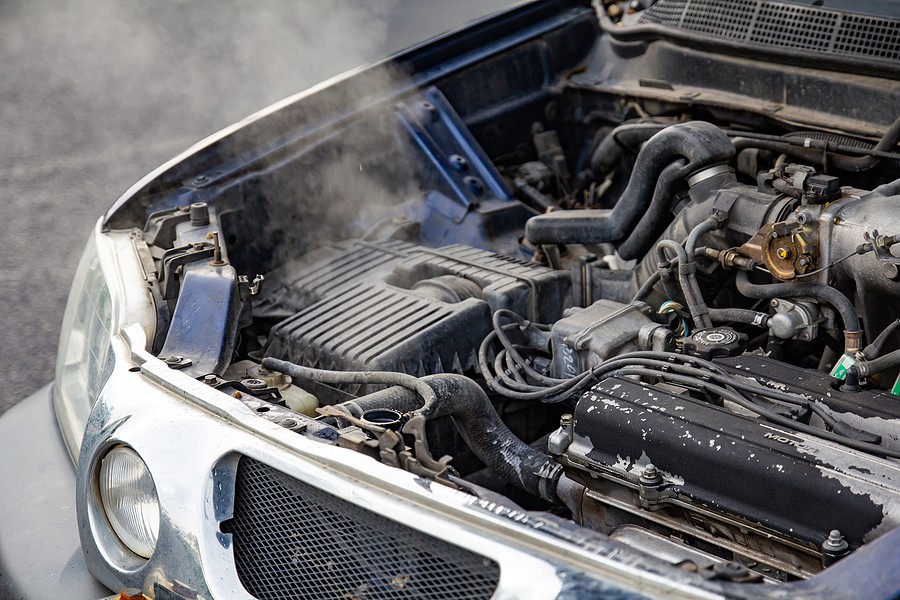
11- Rough idling
Rough vehicle idling is another common problem that you might experience if the oil is dirty. Therefore, you'd better replace the oil as soon as possible and consider checking on the vehicle's performance again to see if the rough idling is linked to this problem.
12- Metallic particles
Finally, you can perform a visual inspection and look at the oil itself. If you find some particles or foreign objects like metallic particles, it could indicate that most oil is collecting a lot of debris and contaminants from around the engine, and it's time to change it.
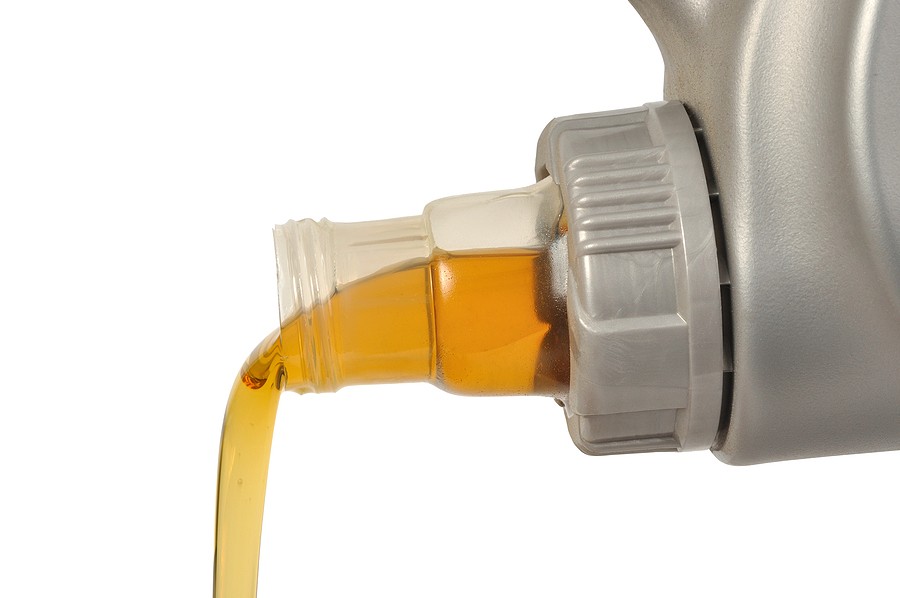
How do we know if engine oil is dirty? Final Thoughts
As a car owner, you must maintain your engine's oil quantity and quality. Driving with dirty oil might lead to severe engine damage and cost you the entire engine, if not the vehicle.
This article highlighted the 12 most common symptoms that could help you answer the “How to know if engine oil is dirty?” If you experience any of these symptoms, you must use the problem immediately before things get out of hand.
If you're interested in similar posts, we highly encourage you to visit our blog by clicking here.

